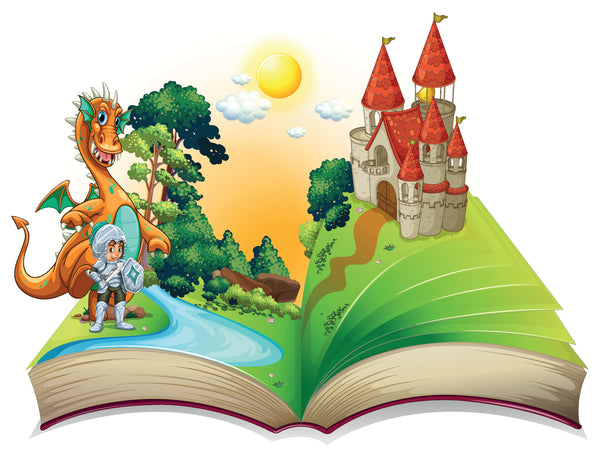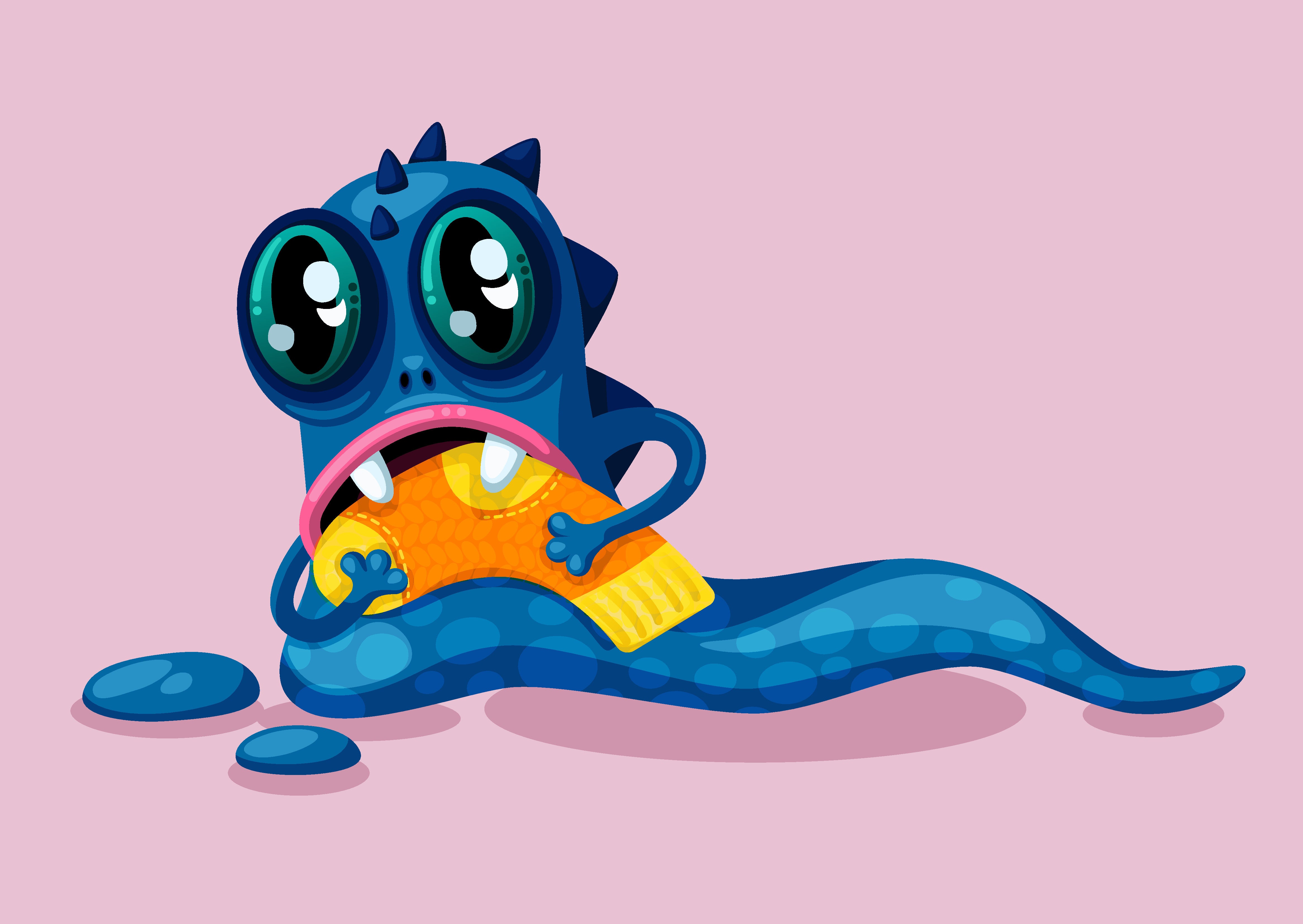Do you need to hire an illustrator for your picture book?

If you’re writing your first picture book, you might be wondering if you have to do the drawings too—or find someone who can. But, as Kate Lee explains, it’s absolutely fine to stick to words.
What if I’m no good at drawing?
Writers often worry that they might be expected to do this themselves—but it’s absolutely not the case. Some projects for pre-schoolers are created by author-illustrators, but it’s usually when an established illustrator, already skilled at bringing other people’s texts to life, has an idea for a story and discovers they can write too, rather than the other way round.
So, if your artistic skills extend only to drawing stick people, don’t fret! It can be useful to sketch out aspects of your developing story, but this is very much for your eyes only and you don’t have to show it to anyone else. For instance, if you are trying to work out where key page-turning moments appear, you might roughly sketch out where best to break up a paragraph or adapt the prose, to create a big reveal. It can be helpful to use pencil and paper for this, but the standard of drawing doesn’t matter at all—it’s visual thinking to work alongside your neatly typed manuscript. Scribbles can be gold dust as part of the creative process.
How to present your picture book text
So, as a would-be published author, what do you need to submit? It’s best to present your story in a Word document, with the text double-spaced, portrait layout, in a simple 12-point font such as Times New Roman. You can divide the story into pages or double page spreads to show that you understand the classic, conventional picture book format. This is 32 pages, including covers, which allows for 12 double page spreads for the actual story.
You can include brief illustration notes, if you think it will help the fresh reader understand what’s happening in the story. An experienced editor will, however, be able to figure out what is going on without too many additional clues.
If you do decide to include illustration notes, keep them brief and present them in a contrasting manner, such as italics, so it’s clear that they are supplementary. Ideally, any notes will not overshadow or distract from the written text.
Illustrating a picture book is a team effort
Even if you have thought through exactly what should happen on each page, it’s important to be flexible, since a picture book is a highly collaborative artform. If your text is accepted by an editor (either directly from you, or via an agent) and the project is commissioned by a publisher, a whole team of people will bring their energy, skills, and experience to make it the best it can be. This will include an illustrator, working under the direction of an art director and/or designer. They will, as a team, amplify and enhance aspects of your work such as humour, scale, expression, character and the emotional through-line. This is a joyous aspect of creative partnership and something to look forward to.
One of the key roles of the publishing team is choosing the right illustrator for each project. This is a delicate and highly skilled business. The style must enhance and complement the nature and themes of the story, the style of the prose, and the overall feel of the work. Is it funny, moving, inspiring, thought-provoking, radical? Gentle and dreamy or wildly energetic? There is room for every type of story in today’s rich and wondrous publishing space for the very youngest readers.
There are practical issues, too, as the illustrator must be available within the necessary time frame, as well as suitable. Often, a publisher will draw up a shortlist for this reason.
Then there’s the bigger picture: the overall look must sit not just within, say, the UK children’s publishing marketplace, but also have international appeal. This is because the publisher will be looking to sell translation rights. Given the extremely high costs in producing a picture book, international sales are key to making it viable commercially for many publishing houses.
But I’ve already asked my friend to do the drawings – help!
Sometimes, debut authors find themselves in a situation where they have discussed their story idea with a friend or relative who is an artist, and a blossoming sense of partnership has developed: we could do this together! And yet, however excellent your friend’s painting or drawing may be, their art style isn’t necessarily going to work for your project.
Picture book illustration is a very specific type of art and many (although not all) professional illustrators will have completed a degree in illustration or perhaps a masters in sequential illustration.
Extracting yourself from any agreement or expectation, while preserving a good relationship with someone you care about, can be challenging. One way forward is to explain you’ve been advised that, as a debut author, a publisher will want to pair you with a seasoned picture book illustrator, most likely one they have worked with before. It’s always a risk, for a publisher, to work with a new creator: will they deliver on time? Will the standard be as expected? What will he or she be like to work with? If explained gently, this will hopefully make sense to your friend or relative.
If you have gone further with, for example, your friend having produced some character sketches, you could suggest sharing these with your editor, should the story be commissioned, to gain his or her view. If it’s a “no,” then it comes from a third party, rather than from you, which may soften the blow.
How long does it take to produce a picture book?
If you’re aiming for a traditional publishing deal for your debut picture book, the time from commission to publication will be eighteen months to two years. The publisher slots each project into their long-term schedule, working with illustrators’ commitments and acknowledging how long it takes to map out, agree, refine, and produce finished full-colour illustrations before moving onto print production.
This can come as a shock to the debut picture book author, but it shows just how much time and expertise goes into bringing beautiful words to life on the page. No stick men required!

Kate is an award-winning author who has published poetry, flash fiction, and short stories along with six picture books including Santa’s Suit (Campbell Books), a bestseller translated into seven languages. Kate followed up her MA in Creative Writing (Chichester University, UK) with a PhD (Southampton University, UK) and has a special interest in maps in children’s fiction. As a developmental editor and mentor, Kate offers a calm, experienced, and supportive approach to help writers shape their narrative and develop their craft, with an emphasis on pace, structure, character, and point of view. Kate reviews picture books for IBBY UK as a volunteer and is passionate about diversity and inclusion in children’s literature.



